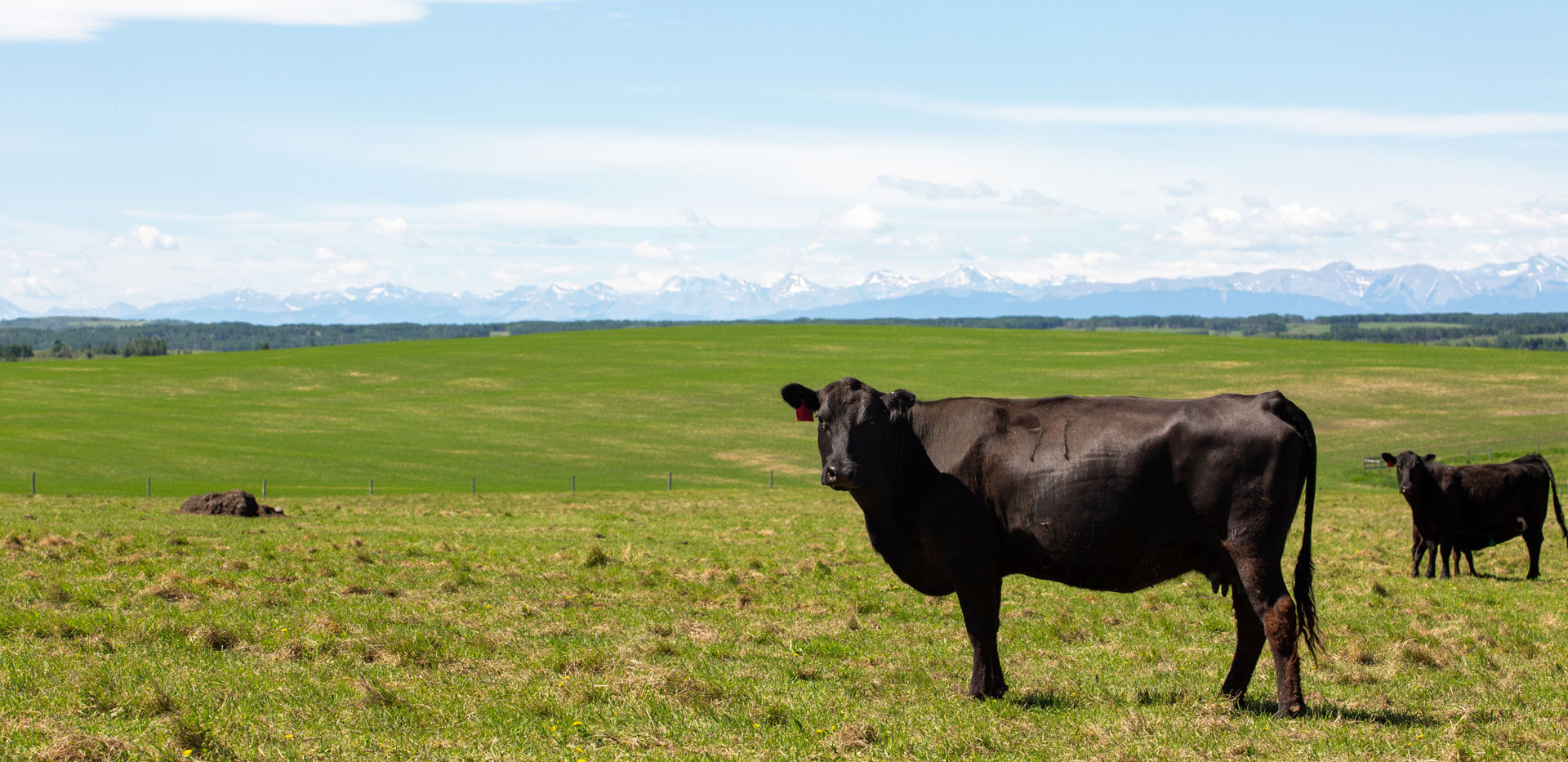Written by Jaelyn Molyneux, BA’05
It’s a warm, summer night and you are hanging out in a field of prairie grassland. Sounds idyllic, right? It could be, except for the mosquitoes, midges and other biting insects that won’t leave you alone.
That’s the annoying scenario cattle are constantly confronted with.
Those mosquitos, less than five millimetres long, are, inarguably, a nuisance to cows. Nor are they popular with ranchers: blood-sucking insects drain their cattle’s energy and reduce their production. Every flick of a tail and twitch of an ear to try and chase away bugs takes away from a cow’s efforts to eat grass, produce calves and grow bigger.
Perhaps cattle could do with an ally to stop the harassment of the insects. Enter bats.
Bats love eating bugs and have long been employed as pest control in crop production — but what about pest control for cattle production? Dr. Mathieu Pruvot, PhD’14, assistant professor in the Ecosystem and Public Health department at the University of Calgary’s Faculty of Veterinary Medicine, along with vet med student Derrick Zhang, recently worked on a pilot project to explore the answer to that question. They were joined by the Alberta Bat Community Program, which is interested in exploring bat-friendly farming practices, as well as the Lethbridge Research and Development Centre, which brought expertise in entomology.
The collaborative project happened at UCalgary’s donated, working cattle farm northwest of the city, W. A. Ranches, which Pruvot describes as “an amazing playground for research, particularly these kind of complex interactions between different species.”
In the spring and summer of 2021, stations were set up to monitor cattle, bats and insects in 16 pastures at the ranch. The stations included cameras to identify the movement of cattle; acoustic recording units to capture ultrasound and identify the presence of bats; and a trap to collect mosquitoes and other biting insects. The units began collecting data just before sunset and continued until sunrise when mosquitoes and bats are most active.
“What we were expecting is that, in places where we had cows, there were more bats, which suggests that cattle attract insects and that attracts bats because it is an easy way to locate food,” says Pruvot.
The data from months of collection is still being reviewed. If the bats were indeed attracted to areas where there was livestock and insects, it’s an endorsement for introducing productive bat habitats on farmland as a form of natural pest control.
“By supporting bats around cattle production, we could create a mutually beneficial situation that helps bats but also improves cattle production by removing some of these parasites,” says Pruvot.
It’s a potential win-win-win for bats, cows and ranchers alike.




